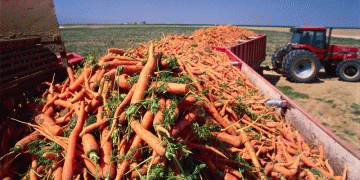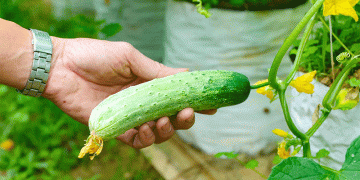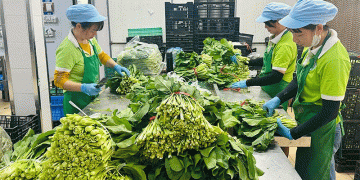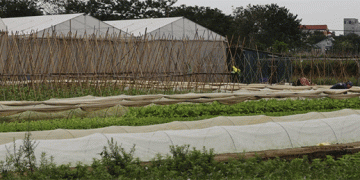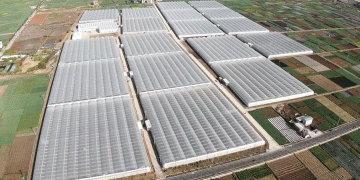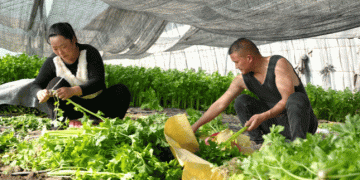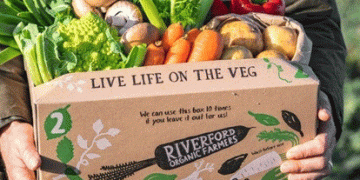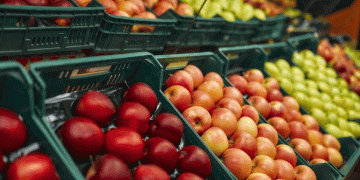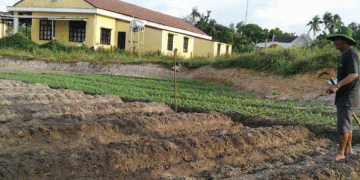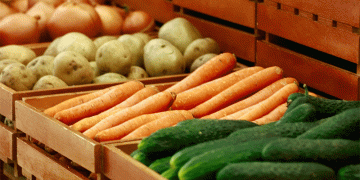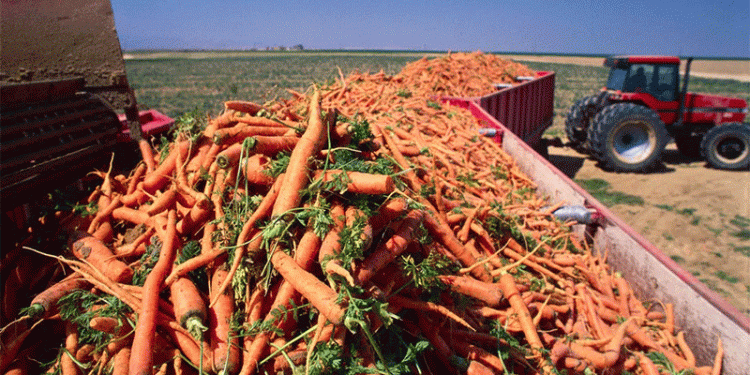The Predgorny District has announced the conclusion of an exceptionally successful root crop harvest, yielding a combined total of over 1,500 tonnes of carrots and beets. This output marks the district’s best performance in recent years, signaling a significant step forward in local agricultural productivity. A detailed breakdown shows a harvest of 650 tonnes of carrots and 850 tonnes of beets, with the stanitsa of Borgustanskaya leading as the top-yielding area.
This achievement is not merely a seasonal success but a trend-breaking result. Official data confirms that this year’s harvest exceeded the previous year’s yield by 10% and surpassed the average five-year yield by 5%. This consistent outperformance indicates that the results are driven by systemic improvements rather than fleeting favorable conditions.
Deconstructing the Drivers of Success
The reported success stems from a multi-faceted strategy that other regions can learn from. According to local authorities, the key pillars included:
- Adoption of Modern Agrotechnologies: Farmers leveraged advanced practices, which likely encompass precision planting, integrated pest management, and data-driven field monitoring. Such technologies optimize resource use and maximize plant health and yield potential.
- Meticulous Seed Selection: The emphasis on “thorough selection of seeding material” highlights a focus on high-germination, disease-resistant, and high-yield seed varieties, forming the genetic foundation for the record harvest.
- Comprehensive Government Support: As stated by District Head Nikolai Bondarenko, farmers received “comprehensive support,” including direct subsidies, partial cost compensation, assistance with preferential loans, and infrastructure development. This policy framework reduces financial risk and encourages investment in innovation.
The Global Context: Precision and Policy in Harmony
The success in Predgorny District mirrors a global shift in agriculture, where technology and targeted support are becoming inseparable drivers of productivity. The Food and Agriculture Organization (FAO) consistently reports that access to improved technologies and financial services is a critical determinant of yield growth, particularly for small and medium-sized farms. Furthermore, a 2024 report by the OECD on agricultural policy notes that direct payments for capital investment and input subsidies, when well-targeted, can significantly accelerate the adoption of climate-smart and yield-boosting practices.
The upcoming 2026 Russian Plowing Championship in the region, mentioned by Governor Vladimir Vladimirov, is also a strategic move. Events like these are not merely ceremonial; they serve as powerful platforms for knowledge exchange, showcasing the latest in soil management technology and reinforcing a culture of continuous improvement and technical excellence among farmers and agronomists.
A Replicable Model for Sustainable Growth
The record harvest in the Predgorny District offers a clear and replicable model for boosting agricultural output. It demonstrates that peak productivity is achieved not by a single silver bullet, but through a synergistic formula: Advanced Technology + Quality Inputs + Enabling Policy.
For farmers and agricultural engineers, the lesson is to continuously evaluate and integrate precision agronomic practices. For farm owners and scientists, it underscores the importance of investing in genetics and data-driven decision-making. For policymakers, it is a testament to the fact that strategic subsidies and infrastructure support are not expenses, but investments that yield tangible returns in food security and economic resilience.
This achievement sets a new benchmark, proving that with the right combination of tools and support, consistent and significant yield growth is an attainable goal.
